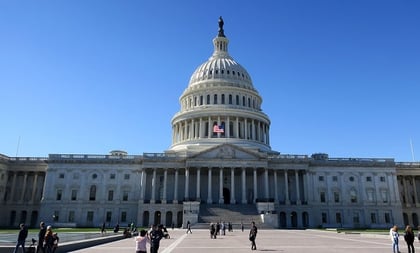Republicans in the U.S. House avoided a chance this week to use the Affordable Care Act premium tax credit subsidy as a club to attack abortion benefits mandates in states like New York state and Washington state.
House members voted 242-176 Wednesday for H.R. 6311.
The current, heavily amended version of H.R. 6311 could expand personal health account access; let all consumers, not just young adults and high earners, buy bare-bones “copper plan” coverage; and let the ACA health insurance tax moratorium now scheduled for 2019 last until 2021.
But the current version leaves out sections that could led to dramatic changes in how consumers could use the ACA premium tax credit subsidy.
(Related: House Passes HSA Bills to Expand Access, Boost Contribution Limits)
Rep. Peter Roskam, R-Ill., introduced the bill July 6.
The Two Proposed Changes That Got Cut Out
Roskam wanted to let a consumer use the ACA premium tax credit subsidy to pay for individual major medical coverage purchased outside the ACA public exchange system.
That proposed change could have helped insurers increase sales of off-exchange major medical insurance without having to pay ACA public exchange shelf space fees.
Typical public exchange programs are now charging issuers amounts equal to about 3% of the premiums or more to put their products on the exchange shelves. Exchange program managers use the fee revenue to handle compliance matters, run their computers, and market their websites to consumers and brokers.
Roskam also wanted to forbid consumers from using ACA premium tax credit money to pay for any major medical coverage that included coverage for abortion, other than an abortion necessary to save the life of the mother, or an abortion with respect to a pregnancy resulting from an act of rape or incest.
Rep. Suzan DelBene, D-Wash.., told colleagues at a House Ways and Means Committee bill review meeting July 11 that the original version of the bill could keep residents of states with abortions benefits mandate for health insurers from using the ACA premium tax credit subsidy at all.
The list of states with abortion benefits mandates includes California, New York state, Pennsylvania and Oregon as well as Washington state.
If the provision had stayed in H.R. 6311, the Senate had passed the bill, and the bill had become law, lawmakers in those states might have faced new pressure to repeal their abortions benefits mandates.









 July 27, 2018 at 01:20 PM
July 27, 2018 at 01:20 PM











